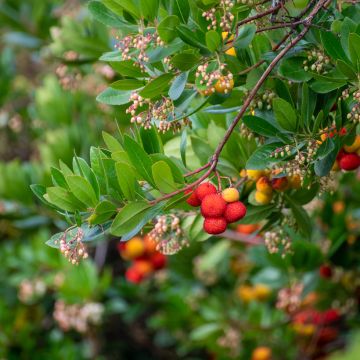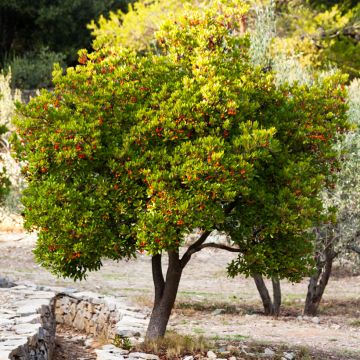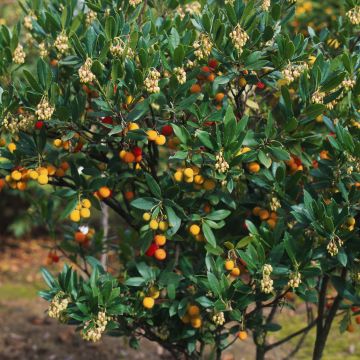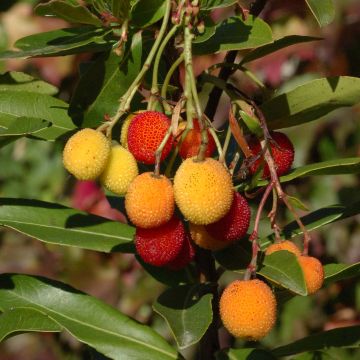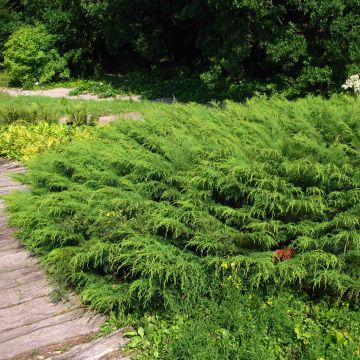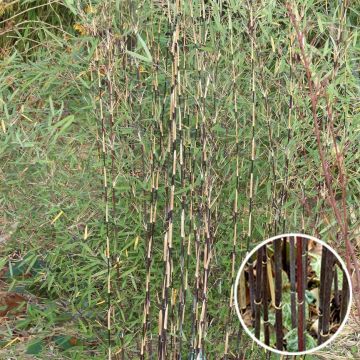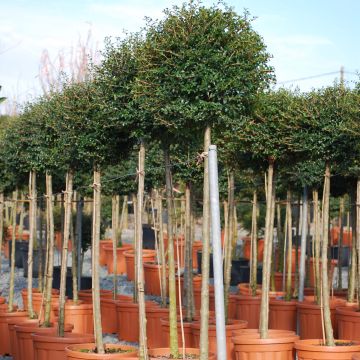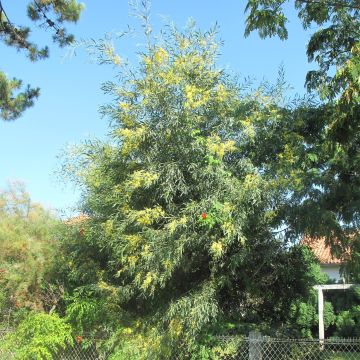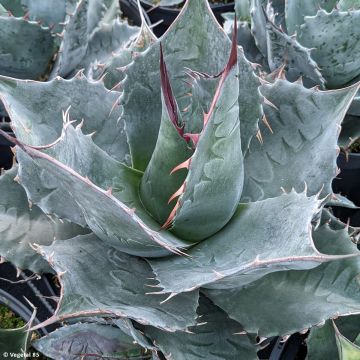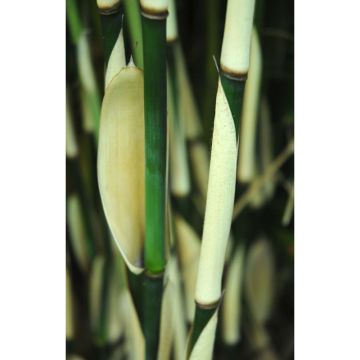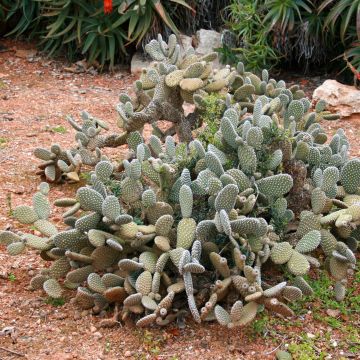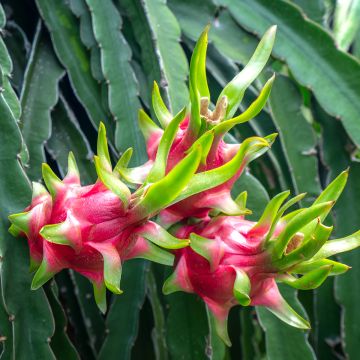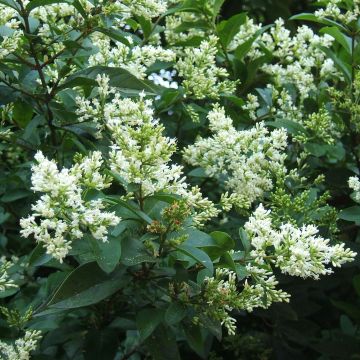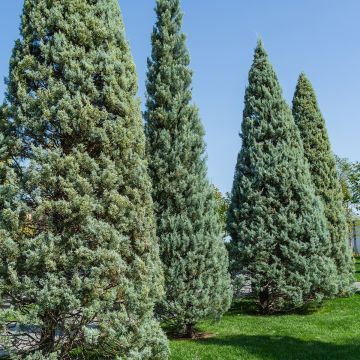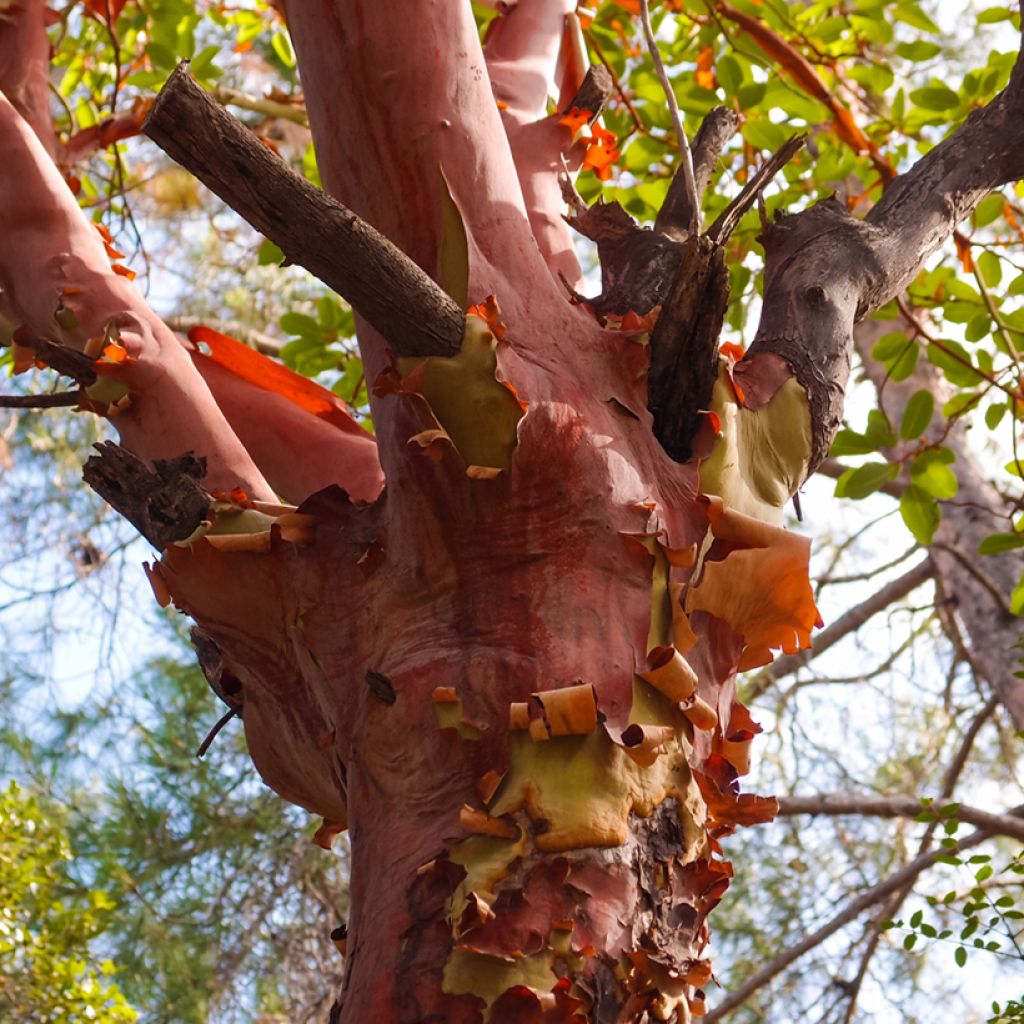

Arbutus andrachne
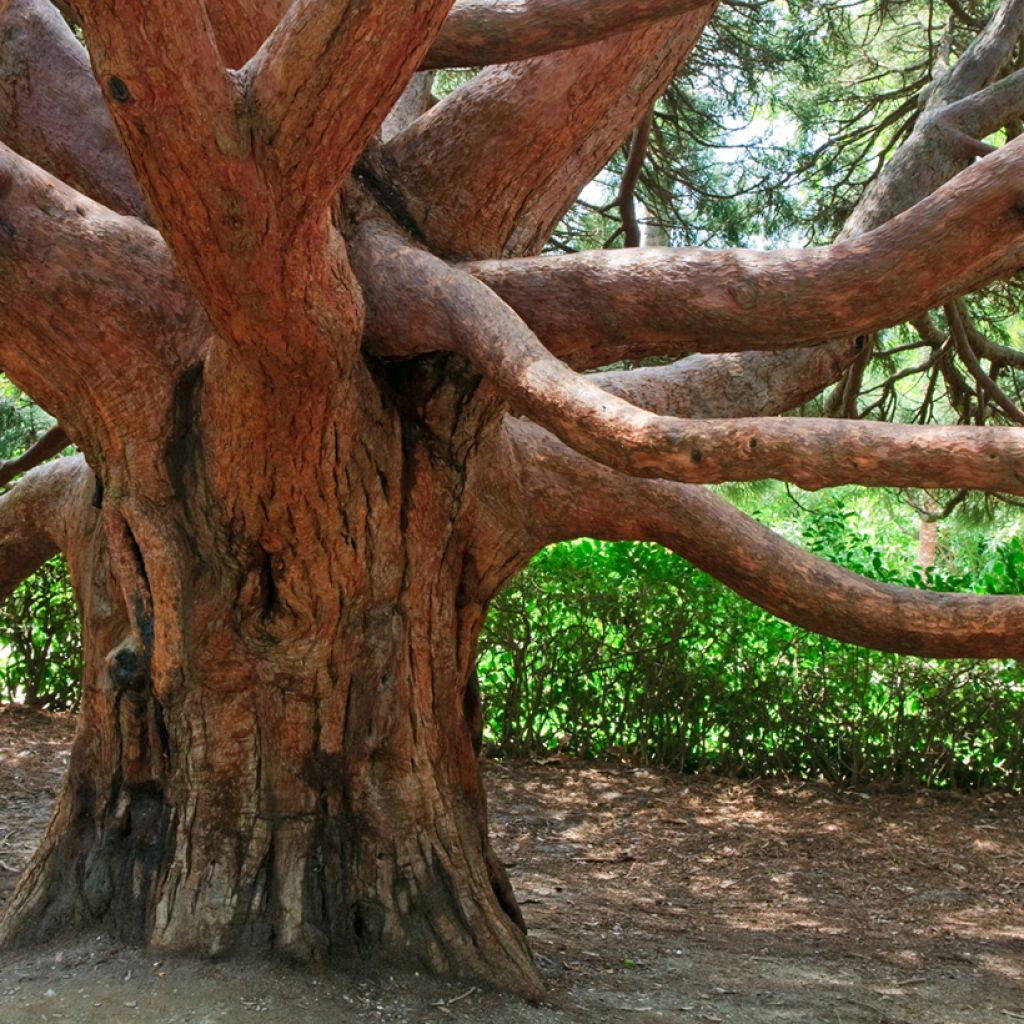

Arbutus andrachne
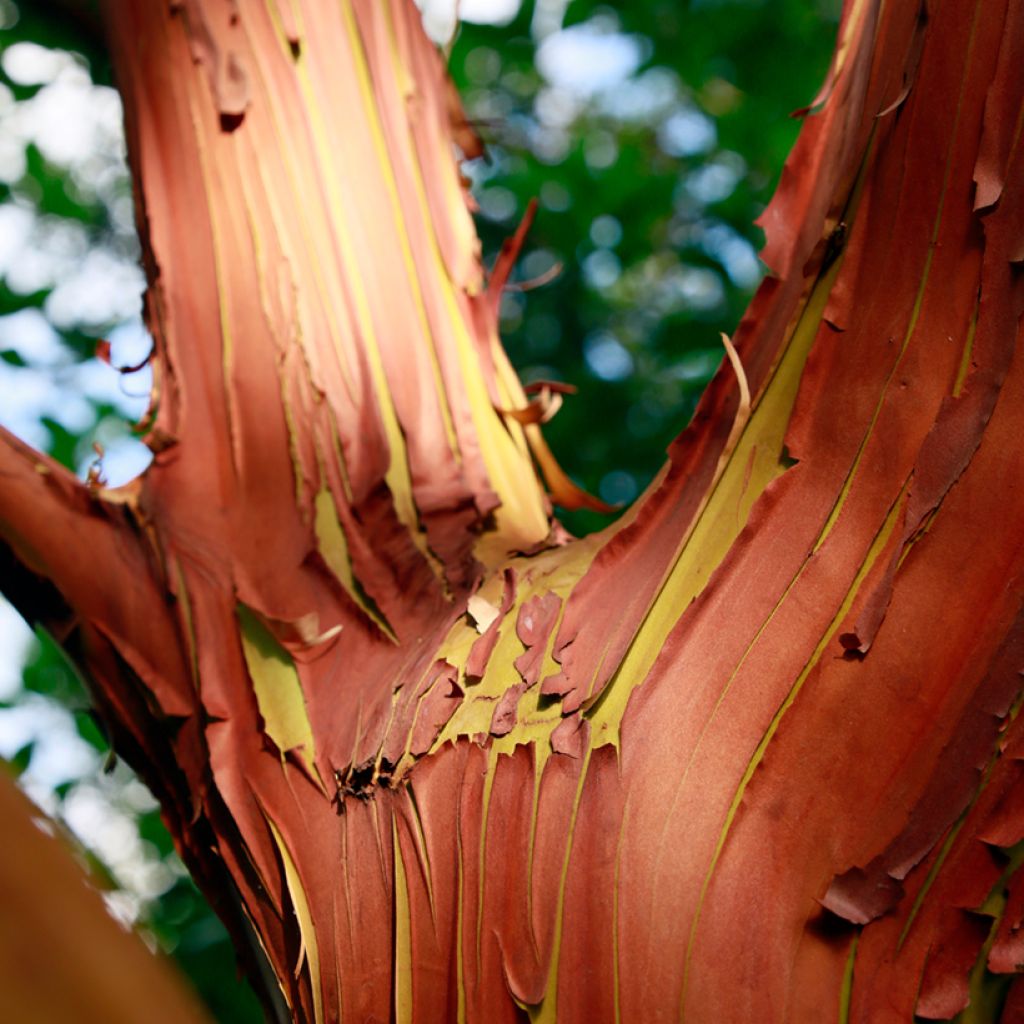

Arbutus andrachne
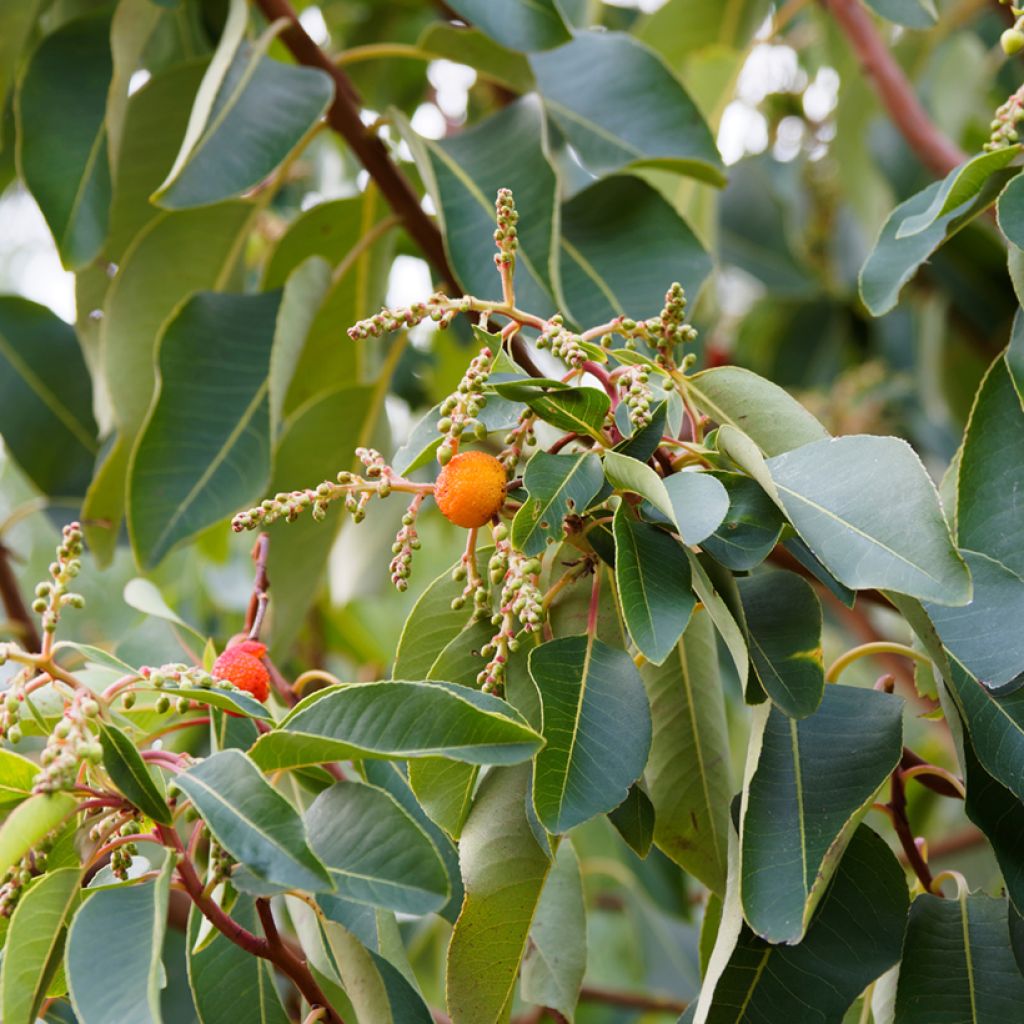

Arbutus andrachne
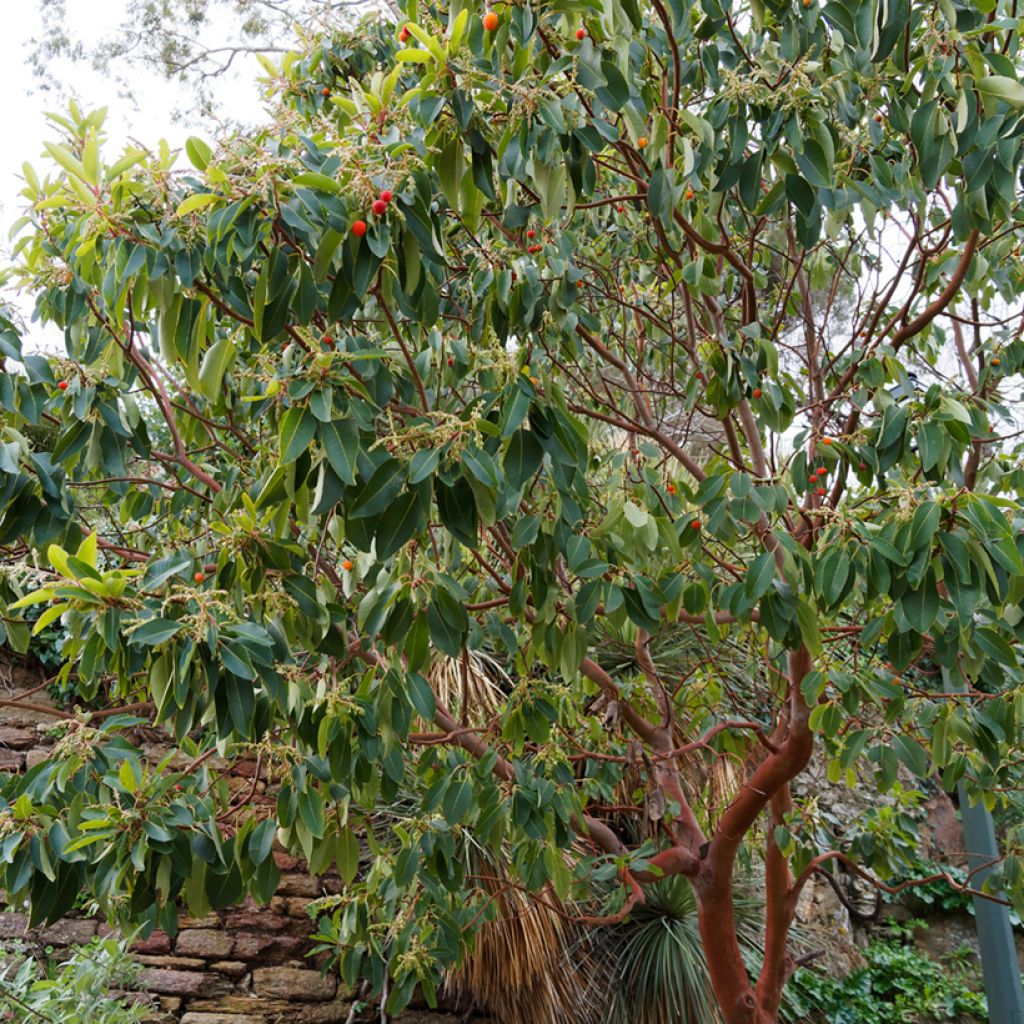

Arbutus andrachne
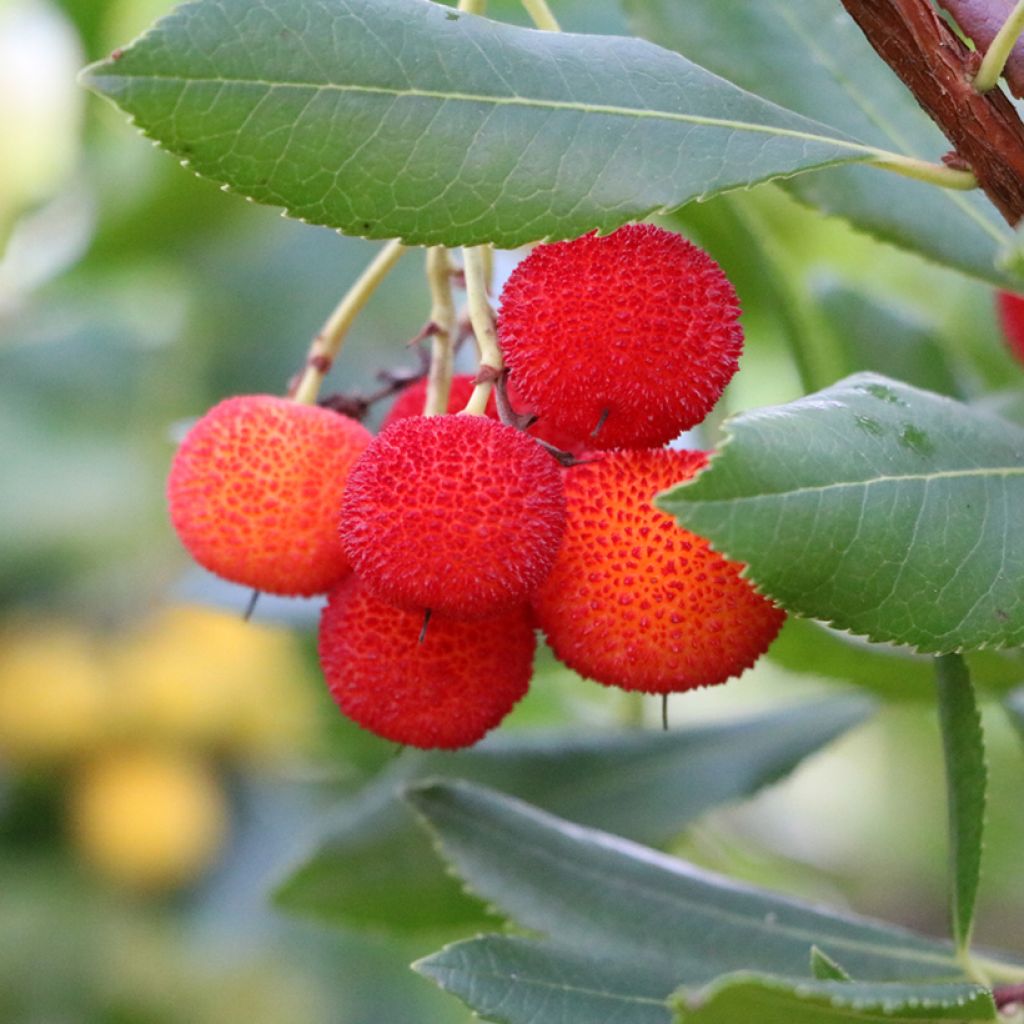

Arbutus andrachne
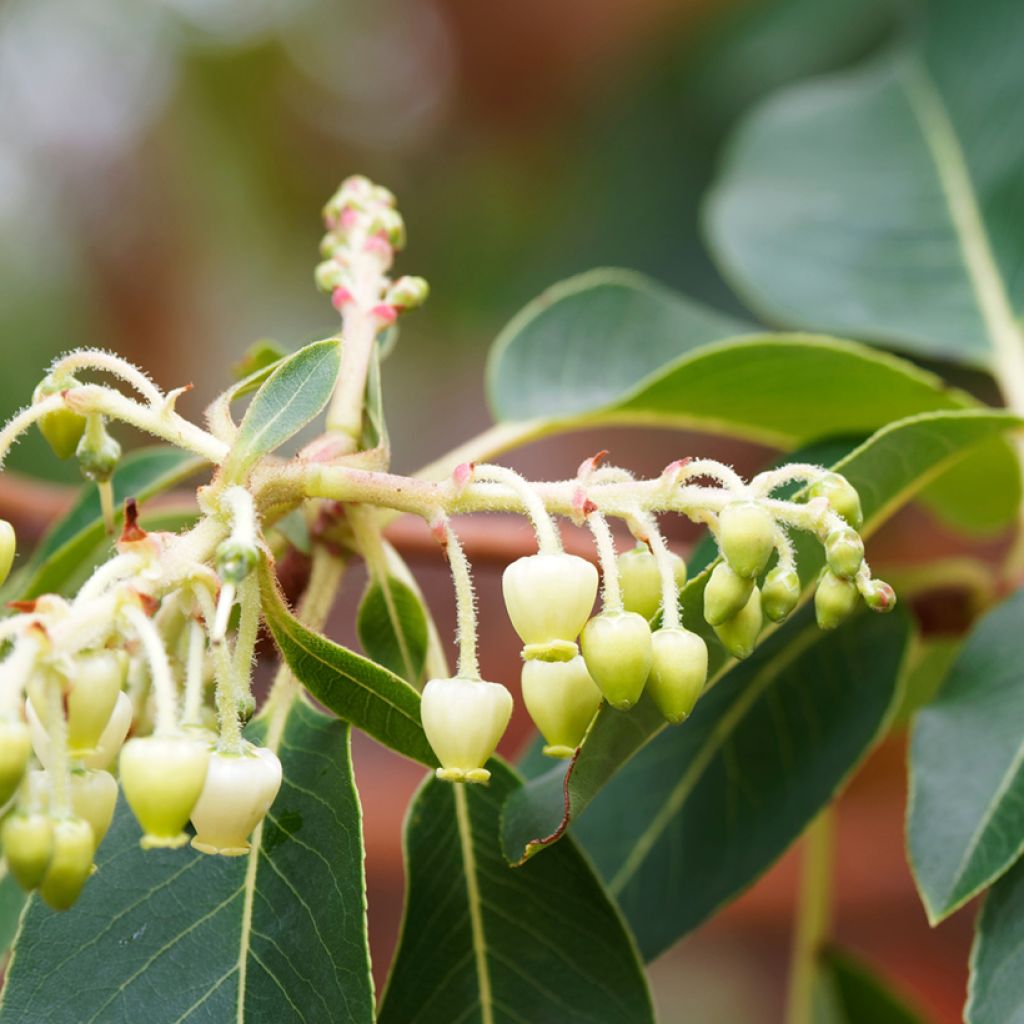

Arbutus andrachne
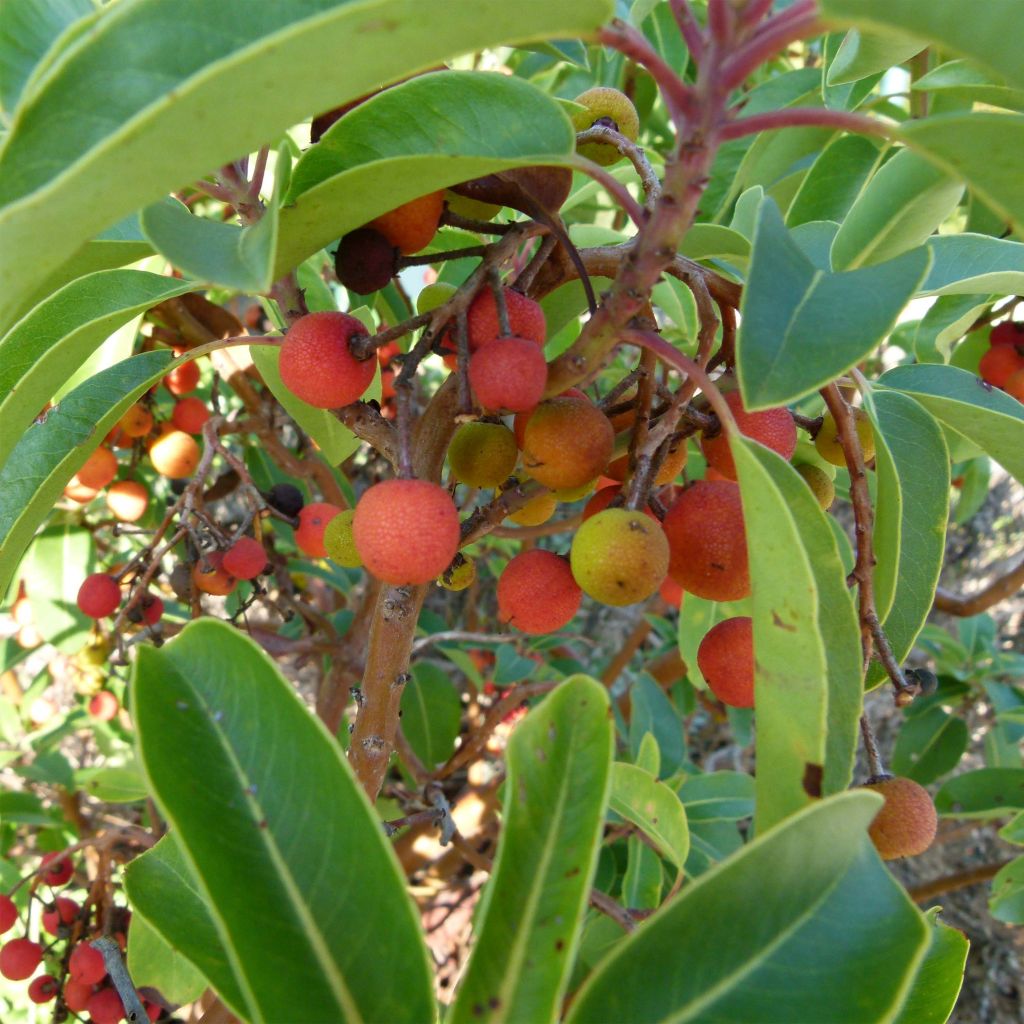

Arbutus andrachne
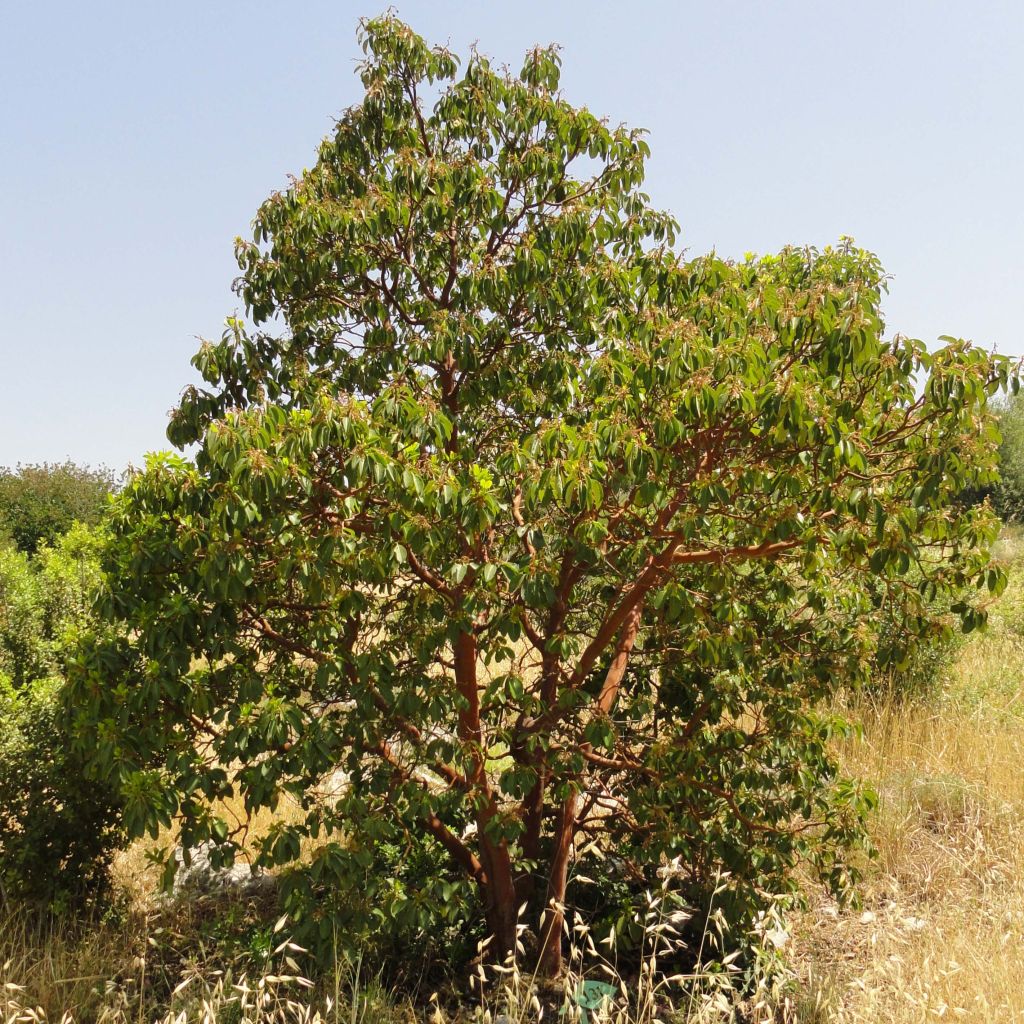

Arbutus andrachne
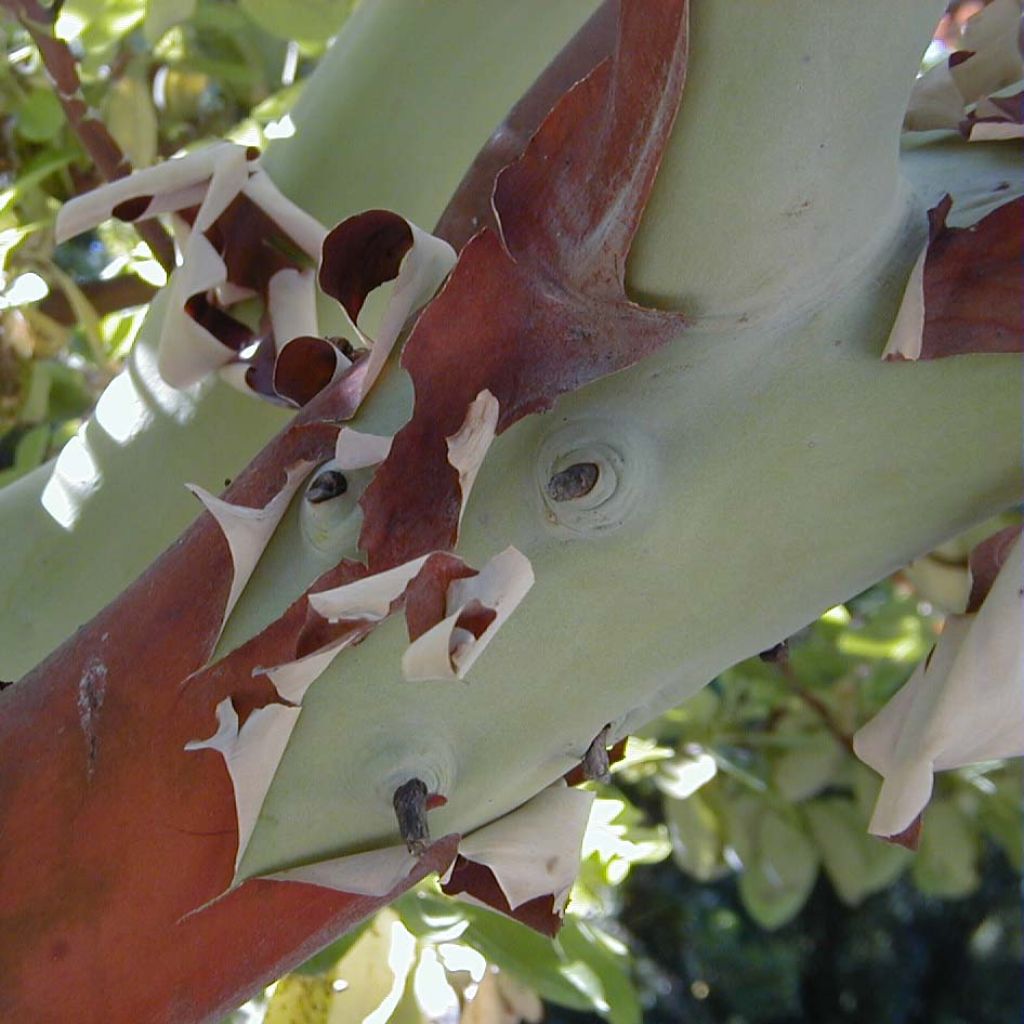

Arbutus andrachne
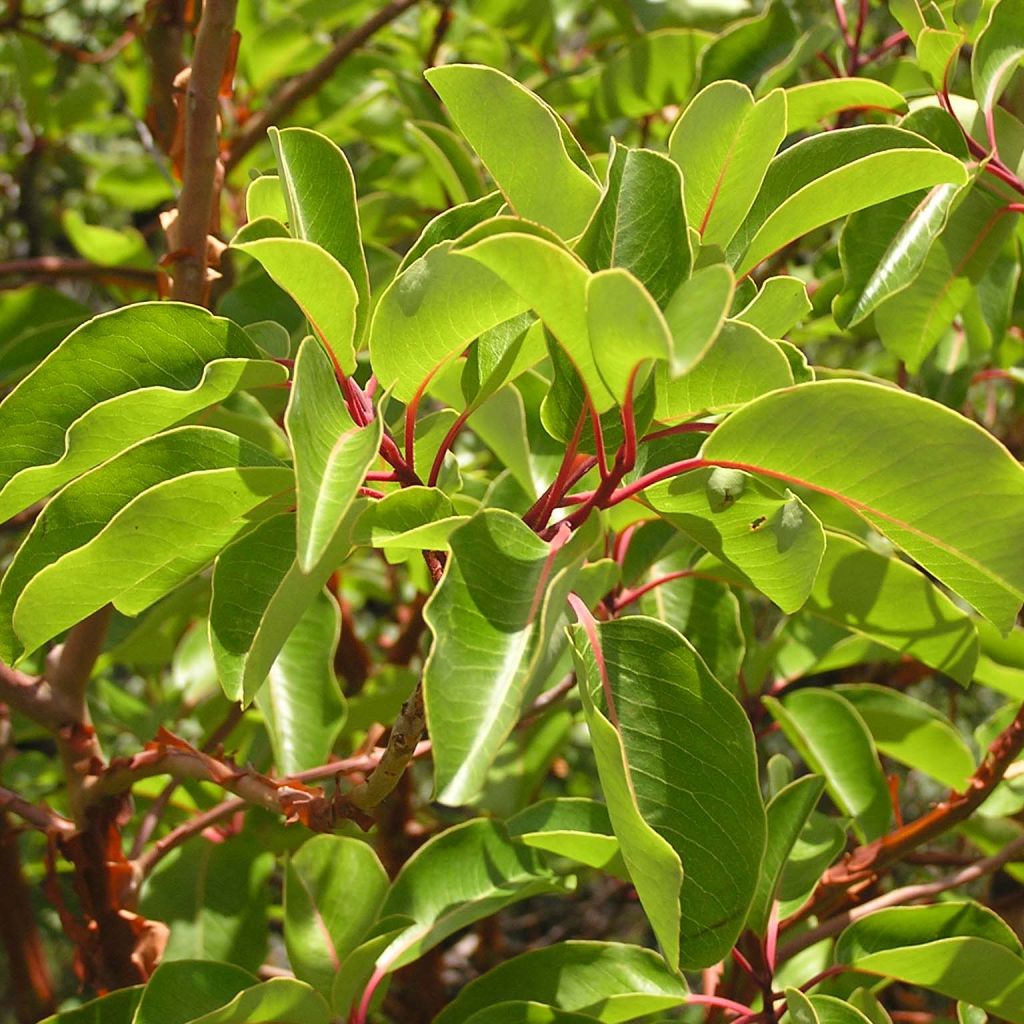

Arbutus andrachne
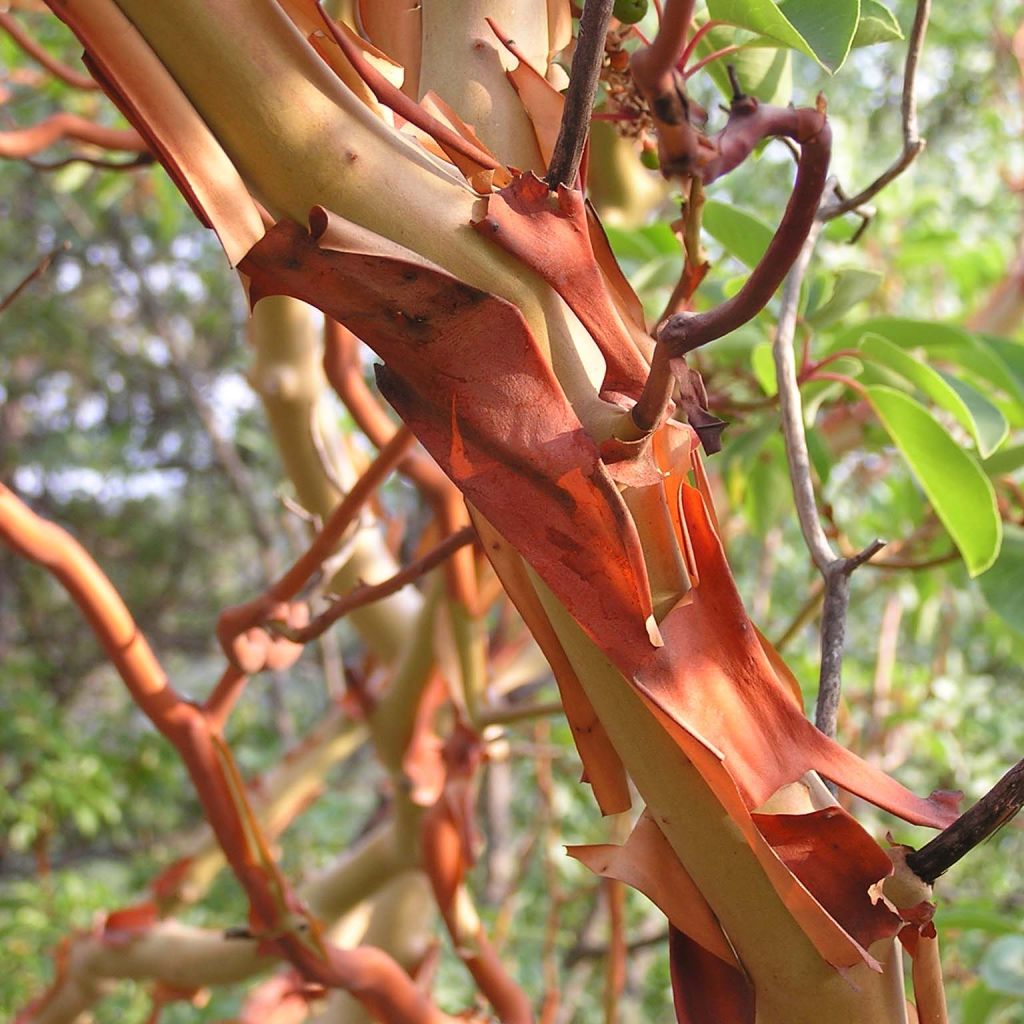

Arbutus andrachne
Arbutus andrachne
Arbutus andrachne
Eastern Strawberry Tree, Greek Strawberry Tree, Madrone
Very beautiful young plants, well packaged and fast delivery.
jean-françois, 22/09/2020
Why not try an alternative variety in stock?
View all →This plant carries a 24 months recovery warranty
More information
We guarantee the quality of our plants for a full growing cycle, and will replace at our expense any plant that fails to recover under normal climatic and planting conditions.
From €5.90 for pickup delivery and €6.90 for home delivery
Express home delivery from €8.90.

Does this plant fit my garden?
Set up your Plantfit profile →
Description
The Arbutus andrachne, originating from Eastern Mediterranean regions, is a much less known bush than the Arbutus unedo which grows spontaneously in Mediterranean regions. Taking on a venerable appearance over time, this large bush or small evergreen tree is appreciated for its undeniable ornamental qualities, but also for its excellent adaptation to dry climates and limestone soils. Its beautifully varnished foliage highlights its spring flowering rather than autumnal, with white bell-shaped flowers, as well as its edible fruits resembling strawberries. The Cypriot strawberry tree is distinguished above all by its superb red-orange and pistachio green bark. An excellent alternative to the Arbutus unedo in clay-limestone soil, this sumptuous strawberry tree is a champion of sobriety and frugality!
The Arbutus andrachne, sometimes called Greek Strawberry Tree, originates from the eastern Mediterranean basin, mainly from Greece and Turkey. It is also found in an area ranging from southern Albania to Crimea to northern Iraq, passing through the Black Sea coast and Lebanon. This small tree belongs to the heather family, just like heathers. It is a species that grows spontaneously on limestone soil and is capable of flowering and bearing fruit from seven years of age.
The andrachne strawberry tree slowly but surely forms a small tree with several short trunks, branched with ascending, twisted branches. The crown is bushy and spreading. At maturity, this Arbutus will reach an average height of 8.5 m (27 ft 11 in) with a spread of 4 m (13 ft 1 in). The bark of this tree, in perpetual mutation, is remarkable: it is brown-orange in colour and peels off in large flakes, revealing a new smooth, shiny skin of a colour resembling blood, especially when wet. Later on, this new skin also peels off, revealing a pistachio green bark that then turns orange-brown.
The evergreen, lanceolate, 6 to 9 cm (2.4 to 3.5 in)-long leaves have indented edges and are of a medium green colour, shiny on the upper side. The young shoots take on beautiful bronze tones in winter. They are arranged alternately, helically around the stems. In this species, flowering takes place from January to March. The honey-scented flowers are white, sometimes with a touch of green or pale pink, and measure 7 mm (0.3 in) in diameter. They resemble lily-of-the-valley bells and are grouped in terminal pendulous clusters. In autumn, they give way to small yellow, then red, round fruits that resemble strawberries, 3 cm (1.2 in) in diameter, edible but with a rough texture and not very pallatable.
The root system of this small tree is taprooted, capable of sinking very deeply into the soil in search of moisture. It does not tolerate being transplanted, especially if already mature. The Cypriot strawberry tree is a plant well adapted to summer drought whose seeds easily germinate after the land has been burnt.
Hardy down to -12°C (-15°C according to some gardeners), the Arbutus andrachne grows in nature in well-drained, generally poor, rocky, limestone soil. This bush easily adapts to ordinary garden soil (even slightly acidic), as long as the drainage is satisfactory. This botanical species, endowed with quite a spectacular appearance, renews the genus and allows for a longer flowering duration in mixed hedges. It is valuable for constituting the persistent structure of a small free hedge, but also makes for a truly astonishing specimen when placed in isolation. Disdained by pests and diseases, its only weakness is a relative hardiness that reserves it, when planted in the ground, for light soils and not too harsh winters.
The Arbutus andrachne has given rise to the Arbutus x andrachnoides through hybridisation with the unedo species, renowned for the beauty of its bark, more or less resembling one of its parents depending on the clone.
Report an error about the product description
Arbutus andrachne in pictures


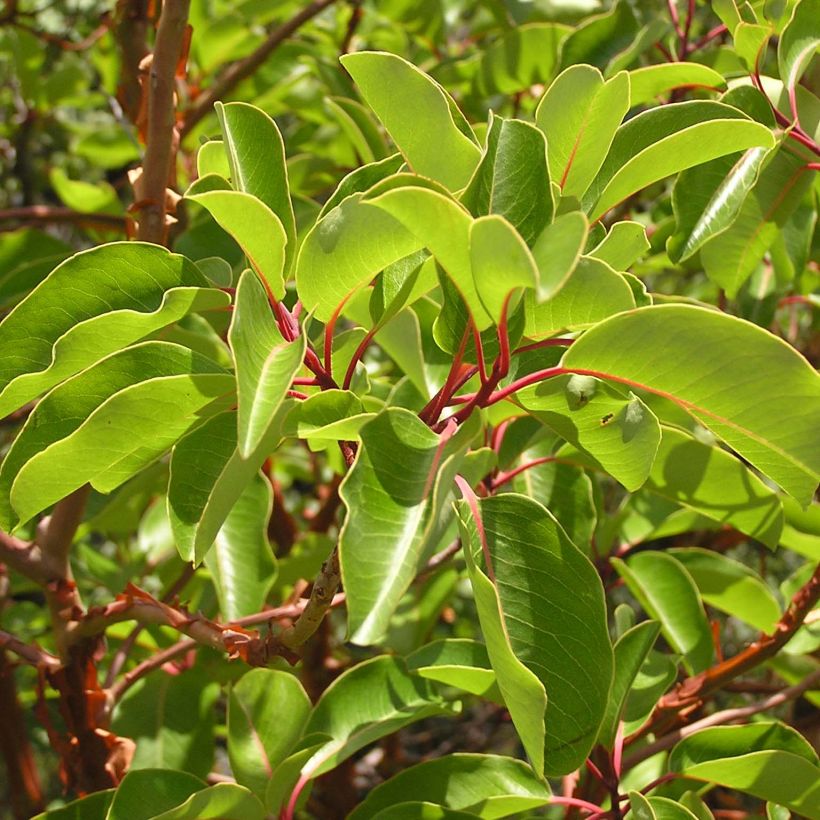

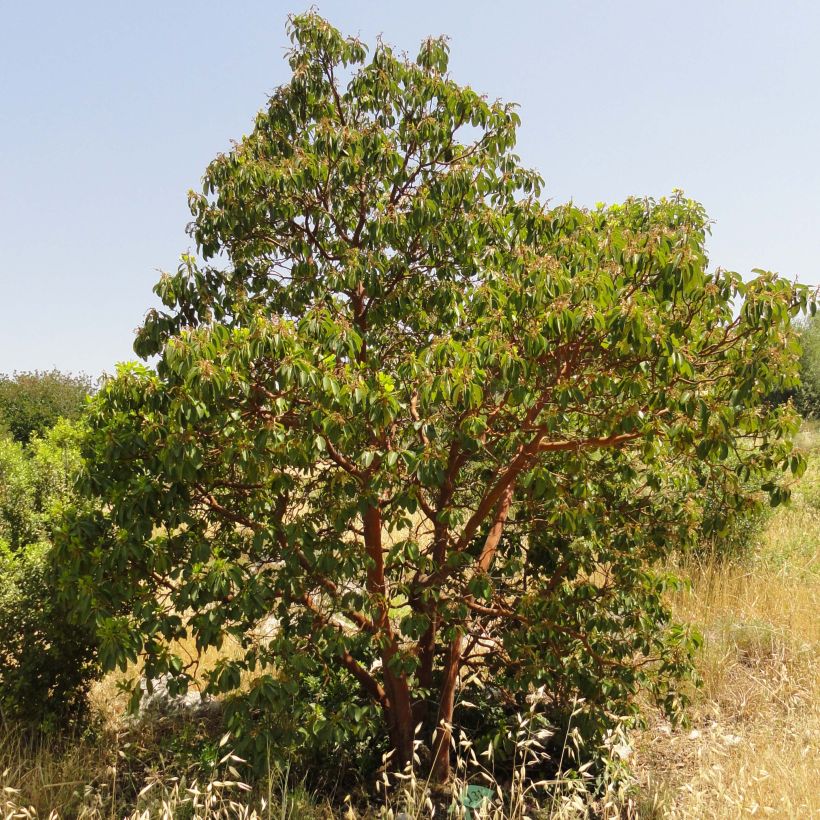



Plant habit
Flowering
Foliage
Botanical data
Arbutus
andrachne
Ericaceae
Eastern Strawberry Tree, Greek Strawberry Tree, Madrone
Mediterranean
Other Arbutus - Strawberry tree
Planting and care
Hardy down to -12°C (10.4 °F) in perfectly drained soil, the Arbutus andrachne can be planted in spring or autumn depending on the climate, in well-drained, slightly acidic, neutral, or calcareous soil. Its roots are averse to poorly aerated, damp, and compact soils. It prefers sunny locationsin cool climates, but is content with partial shade in hot climates. Choose a location sheltered from cold winds. When planting, training pruning is necessary; then let the bush grow freely. In the first few years, protect it from severe frosts with mulch and winter cover. Be sure to choose its location carefully as it does not like being transplanted. For hedges, space the plants about 1.5 m (4 feet 11 inches) apart. It may be subject to attacks from aphids and foliar spot disease.
Planting period
Intended location
Care
-
, onOrder confirmed
Reply from on Promesse de fleurs
Evergreen shrubs
Haven't found what you were looking for?
Hardiness is the lowest winter temperature a plant can endure without suffering serious damage or even dying. However, hardiness is affected by location (a sheltered area, such as a patio), protection (winter cover) and soil type (hardiness is improved by well-drained soil).

Photo Sharing Terms & Conditions
In order to encourage gardeners to interact and share their experiences, Promesse de fleurs offers various media enabling content to be uploaded onto its Site - in particular via the ‘Photo sharing’ module.
The User agrees to refrain from:
- Posting any content that is illegal, prejudicial, insulting, racist, inciteful to hatred, revisionist, contrary to public decency, that infringes on privacy or on the privacy rights of third parties, in particular the publicity rights of persons and goods, intellectual property rights, or the right to privacy.
- Submitting content on behalf of a third party;
- Impersonate the identity of a third party and/or publish any personal information about a third party;
In general, the User undertakes to refrain from any unethical behaviour.
All Content (in particular text, comments, files, images, photos, videos, creative works, etc.), which may be subject to property or intellectual property rights, image or other private rights, shall remain the property of the User, subject to the limited rights granted by the terms of the licence granted by Promesse de fleurs as stated below. Users are at liberty to publish or not to publish such Content on the Site, notably via the ‘Photo Sharing’ facility, and accept that this Content shall be made public and freely accessible, notably on the Internet.
Users further acknowledge, undertake to have ,and guarantee that they hold all necessary rights and permissions to publish such material on the Site, in particular with regard to the legislation in force pertaining to any privacy, property, intellectual property, image, or contractual rights, or rights of any other nature. By publishing such Content on the Site, Users acknowledge accepting full liability as publishers of the Content within the meaning of the law, and grant Promesse de fleurs, free of charge, an inclusive, worldwide licence for the said Content for the entire duration of its publication, including all reproduction, representation, up/downloading, displaying, performing, transmission, and storage rights.
Users also grant permission for their name to be linked to the Content and accept that this link may not always be made available.
By engaging in posting material, Users consent to their Content becoming automatically accessible on the Internet, in particular on other sites and/or blogs and/or web pages of the Promesse de fleurs site, including in particular social pages and the Promesse de fleurs catalogue.
Users may secure the removal of entrusted content free of charge by issuing a simple request via our contact form.
The flowering period indicated on our website applies to countries and regions located in USDA zone 8 (France, the United Kingdom, Ireland, the Netherlands, etc.)
It will vary according to where you live:
- In zones 9 to 10 (Italy, Spain, Greece, etc.), flowering will occur about 2 to 4 weeks earlier.
- In zones 6 to 7 (Germany, Poland, Slovenia, and lower mountainous regions), flowering will be delayed by 2 to 3 weeks.
- In zone 5 (Central Europe, Scandinavia), blooming will be delayed by 3 to 5 weeks.
In temperate climates, pruning of spring-flowering shrubs (forsythia, spireas, etc.) should be done just after flowering.
Pruning of summer-flowering shrubs (Indian Lilac, Perovskia, etc.) can be done in winter or spring.
In cold regions as well as with frost-sensitive plants, avoid pruning too early when severe frosts may still occur.
The planting period indicated on our website applies to countries and regions located in USDA zone 8 (France, United Kingdom, Ireland, Netherlands).
It will vary according to where you live:
- In Mediterranean zones (Marseille, Madrid, Milan, etc.), autumn and winter are the best planting periods.
- In continental zones (Strasbourg, Munich, Vienna, etc.), delay planting by 2 to 3 weeks in spring and bring it forward by 2 to 4 weeks in autumn.
- In mountainous regions (the Alps, Pyrenees, Carpathians, etc.), it is best to plant in late spring (May-June) or late summer (August-September).
The harvesting period indicated on our website applies to countries and regions in USDA zone 8 (France, England, Ireland, the Netherlands).
In colder areas (Scandinavia, Poland, Austria...) fruit and vegetable harvests are likely to be delayed by 3-4 weeks.
In warmer areas (Italy, Spain, Greece, etc.), harvesting will probably take place earlier, depending on weather conditions.
The sowing periods indicated on our website apply to countries and regions within USDA Zone 8 (France, UK, Ireland, Netherlands).
In colder areas (Scandinavia, Poland, Austria...), delay any outdoor sowing by 3-4 weeks, or sow under glass.
In warmer climes (Italy, Spain, Greece, etc.), bring outdoor sowing forward by a few weeks.

































